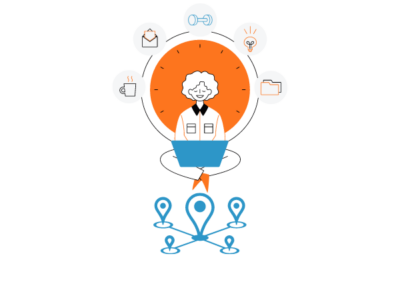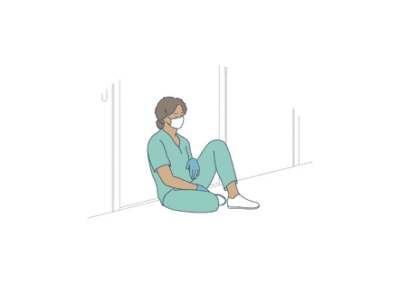Compliance is more than just a buzzword in healthcare. It means following rules, protecting patients, and keeping staff safe. But managing healthcare staff is challenging. You must balance regulatory requirements, legal standards, and quality patient care.
In this post, we’ll explore why compliance is crucial when managing healthcare staff. Read on to discover actionable tips, best practices, and the role of technology in creating compliant healthcare teams.
Why Compliance Matters in Healthcare
Compliance in the healthcare industry means meeting the standards set by government bodies and industry regulators. When healthcare providers adhere to these guidelines, patient safety increases and legal risks decrease. Here are some reasons why compliance is essential:

- Patient Safety: Following rules like the Health Insurance Portability and Accountability Act (HIPAA) or standard precautions protects patients from infections and data breaches.
- Legal Protection: Non-compliance can lead to fines, lawsuits, or even loss of accreditation. Hospitals and clinics must abide by labor laws, union agreements, and internal policies.
- Staff Well-being: Proper employee scheduling that respects mandatory breaks for staff members, and limits overtime helps reduce employee burnout. When staff feel safe and fairly treated, morale and patient care improve.
- Operational Efficiency: Compliance drives consistency. With well-documented schedules and shift management, hospitals can avoid costly errors and wasted resources.
Recent trends show that many organizations are turning to continuous compliance strategies. For example, a recent compliance report noted that “91% of companies plan to implement continuous compliance in the next five years”. Although that statistic covers many industries, healthcare cannot afford to lag behind.
Common Compliance Challenges in Healthcare Staffing
Healthcare organizations face many hurdles when trying to meet compliance standards. Some common challenges include:
- Complex Regulations: Healthcare laws and regulations are constantly changing. Managers must keep up with local, state, and federal rules. This can be overwhelming without a streamlined process.
- Resource Shortages: Limited facilities, inadequate personal protective equipment (PPE), and understaffing can all lead to non-compliance. Studies have shown that insufficient resources are one of the top barriers to adherence.
- High Workloads: When healthcare workers and healthcare services are overburdened, mistakes happen. Excessive overtime and stress can cause lapses in compliance with safety protocols.
- Communication Gaps: In a fast-paced environment, staff might miss updates about policy changes or scheduling revisions. Clear, real-time communication is key.
- Inconsistent Training: Not all staff receive regular or effective training on compliance practices. Without ongoing education, even well-meaning employees may fall short.
By addressing these issues, managers can improve compliance when managing healthcare staff. And one major tool to help with this is employee scheduling.
Employee Scheduling: The Compliance Connection
Efficient employee scheduling is about much more than filling shifts. It plays a critical role in ensuring that healthcare organizations meet compliance requirements. Here’s why:
Ensuring Legal Adherence
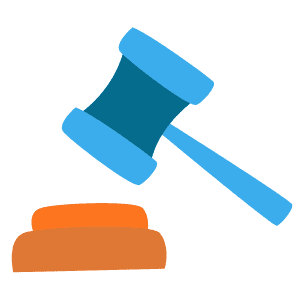
Labor laws and union contracts often dictate how many hours employees can work and when breaks must be given. Advanced scheduling software can automatically track overtime, enforce mandatory rest periods, and help managers stay within legal limits. This reduces the risk of costly fines and legal actions.
Promoting Staff Health and Reducing Burnout
Studies have shown that fair and flexible scheduling improves staff satisfaction. When workers receive proper breaks and aren’t overworked, they are less likely to experience burnout. For example, a survey revealed that improved scheduling flexibility is a top factor in attracting and retaining healthcare professionals. Unfair or improper scheduling can also affect the mental health of your team – which will negatively affect you team, your service, and ultimately your patients.
Enhancing Communication and Transparency
Modern scheduling systems often come with mobile apps or web portals that allow staff to view their shifts in real time. Employees can easily swap shifts, request time off, and receive notifications about any schedule changes. This transparency reduces miscommunication and ensures that everyone knows their responsibilities.
Best Practices for Compliance in Healthcare Workforce Management
Achieving and maintaining compliance is an ongoing process. Here are some best practices that healthcare administrators can use to boost compliance:
Invest in Regular Training
Regular and targeted training sessions are essential. Every healthcare professional should be up-to-date on current standards and procedures. This includes infection control, proper use of PPE, and data security protocols. Regular training not only improves compliance but also builds a culture of safety.
Utilize Automated Scheduling Tools
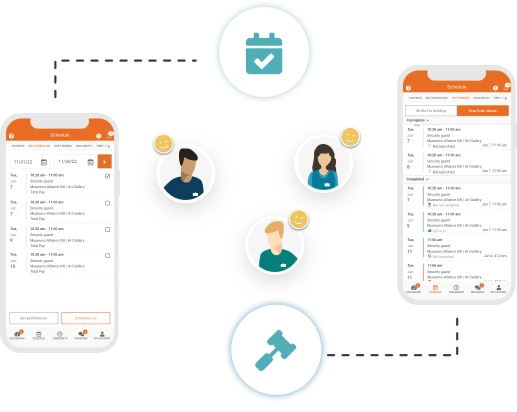
Technology is a game changer when managing healthcare staff. Automated scheduling software helps manage complex shifts and ensures that all regulatory requirements are met. It reduces the administrative burden on managers and minimizes human error. Here at Celayix, we’ve helped healthcare centres comply with new programmes, saving them lots of time, effort and money in the process.
Establish Clear Policies and Procedures
Having documented policies that clearly outline compliance expectations is key. This documentation should be accessible to all staff. When everyone knows the rules and understands the consequences of non-compliance, it creates a more accountable environment. Accountability while working in healthcare is a core leadership skill.
Monitor Performance with Data Analytics
Data-driven insights help identify patterns and gaps in staffing. Advanced scheduling systems often provide analytics that can show trends in overtime, absences, or compliance lapses. Use these reports to adjust schedules and policies as needed. Continuous monitoring can lead to proactive changes before issues become critical.
Foster Open Communication
Ensure that staff have a way to provide feedback about scheduling and compliance issues. Regular meetings and digital communication channels can help resolve issues quickly. When employees feel heard, they are more likely to adhere to policies.
How Technology is Transforming Healthcare Scheduling and Compliance
Technology plays a pivotal role in modern healthcare workforce management. Here’s how innovative tools are making a difference:
Automated Compliance Alerts
Modern systems come equipped with compliance alerts. These alerts notify managers when a schedule may breach labor laws or when staff are approaching overtime limits. By catching issues before they become problems, automated systems help maintain continuous compliance.
Integration with Other Systems
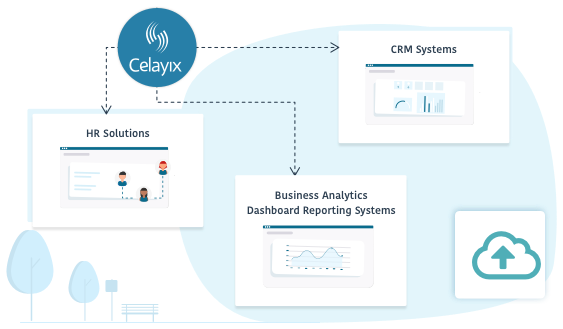
When scheduling software integrates with payroll, human resources, and electronic health records (EHR), it creates a seamless ecosystem. This integration ensures data consistency and reduces errors. For example, if an employee’s shift is changed, the payroll system is automatically updated, ensuring that everyone is paid correctly.
Mobile Access for Real-Time Updates
Mobile-enabled platforms allow staff to view and manage their schedules from anywhere. Real-time updates mean that any changes or urgent shift swaps are communicated immediately. This level of accessibility improves overall team efficiency and compliance.
Predictive Analytics for Staffing
Predictive analytics uses historical data to forecast staffing needs. This technology helps healthcare facilities plan for peak times and avoid understaffing. With the right predictive models, managers can ensure that patient care remains uninterrupted and that all compliance measures are met.
Cloud-Based Solutions
Cloud-based scheduling solutions offer flexibility and scalability. They can be updated quickly to reflect changes in regulations or internal policies. This is especially important in healthcare, where rules can change frequently. Cloud systems also allow for centralized management across multiple facilities, making it easier to enforce standardized compliance protocols.
Managing healthcare staff with compliance in mind is a challenging but vital task. Compliance protects patients, shields healthcare organizations from legal issues, and ensures that staff are treated fairly. The key to success lies in robust, automated employee scheduling systems. These tools not only streamline shift management but also ensure that all labor laws, union rules, and internal policies are met.
In today’s fast-changing healthcare landscape, compliance is no longer optional—it is a necessity. With the right approach and the power of technology, healthcare managers can build teams that are not only compliant but also happy and effective. This, in turn, leads to better patient care and a healthier, more sustainable workforce.
Take action today. Review your current scheduling practices, explore modern solutions, and invest in technology that meets your compliance needs. Managing your healthcare staff with compliance in mind will protect your patients, support your team, and secure your organization’s future.




